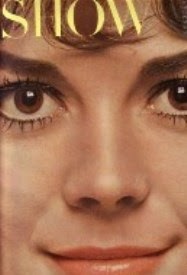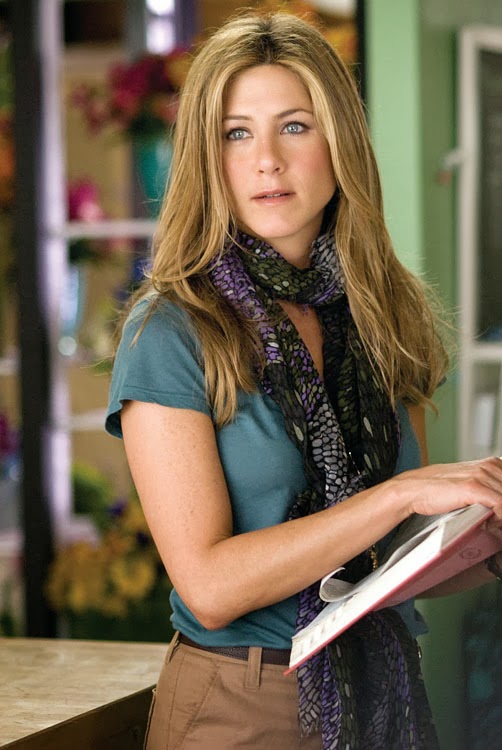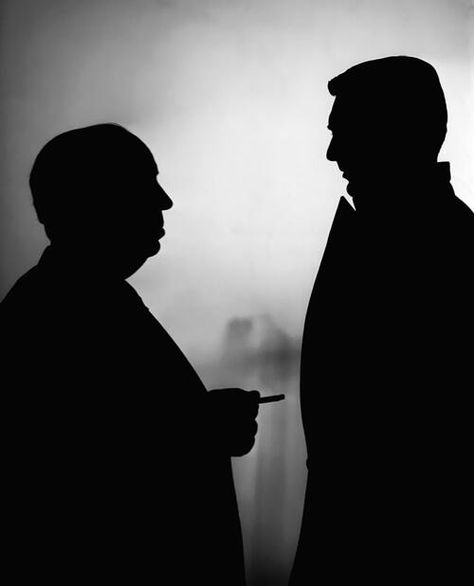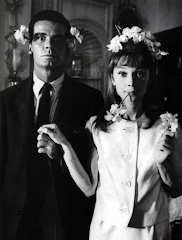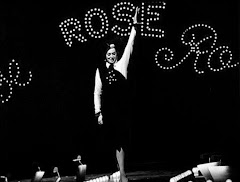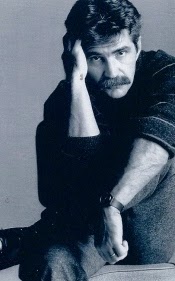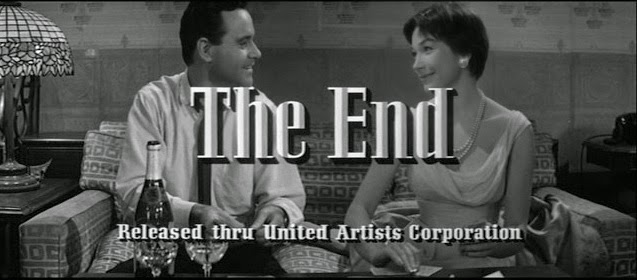 I've been remiss. Way remiss. Two movie-blog colleagues, Edward Copeland and Moira Finney, have individually - and generously - nominated my little site for The Premio Dardos Award, which is given for "recognition of cultural, ethical, literary, and personal values transmitted in the form of creative and original writing."
I've been remiss. Way remiss. Two movie-blog colleagues, Edward Copeland and Moira Finney, have individually - and generously - nominated my little site for The Premio Dardos Award, which is given for "recognition of cultural, ethical, literary, and personal values transmitted in the form of creative and original writing."Mostly, it's a clever way to promote a sort of daisy-chain fraternization among movie bloggers - a way to nudge naturally solitary people into a kind of internet socialization. See, it behooves the honoree to then follow suit and pass the torch to five other bloggers.
Edward, who is the main writer of the eponymous "Edward Copeland on Film," flattered The Passionate Moviegoer by commenting, "there is no better evidence of Joe's passion than his subject matter, defending and remembering the more obscure titles from cinematic history. No matter how much you think you might know about movies, odds are you will learn of new ones if you check out Joe's site."
And Moira, author of "Skeins of Thought," wrote, "Joe ... devotes himself to those myriad neglected figures and movies seemingly left by the roadside in our societal rush toward cultural amnesia. Whether he is trying to find the source of Jack Lemmon's quicksilver appeal or understand Vincente Minnelli's valedictory films or express just why we miss Jack Carson, Joe is consistently thoughtful and knowledgeable without being ponderous."
Thank you, Edward and Moira!
So, now it's my turn. My five picks meet the expected cultural-literary criteria but, frankly, these are sites to which I'm addicted - that I check out on a daily basis. That said, my five faves - drum roll, please! - are:


Dave Kehr/Reports from the Lost Continent of Cinéphilia
Dave's remarkable site is noteworthy not only for the number of hits it gets (275 and still counting ... 276 ...277) but also for the intelligence and insight behind each comment. There's actually very little of Dave in it. He announces the topic - always linked to his weekly DVD column in The New York Times - and then hands it over to his regulars, who run with it. A vital dialogue ensues, with Dave weighing in every now and then. He is not only the best working critic around but also the most generous. Dave is also the only DVD reviewer whose writing is actually based on watching the DVD and not recalling what he merely remembers about the film(s) in question.


Carrie Rickey/Flickgrrl
Carrie, a great critic and an even greater writer, keeps matters simple on her site. She will write a brief, self-contained essay on a movie trend or something she's picked up on during a screening or something she's read, and each opinion/observation, tersely stated, is then followed by Carrie's staple question - what does the reader think? It's an invitation difficult to refuse. Carrie keeps matters - and herself - accessible, drawing us in, and she seems to get an authentic kick from the fact that she learns as much from her readers as we do from her.


Daryl Chin/Documents on Art & Cinema
To be honest, I can't get enough of Daryl's impish column. Film plays a big part in it, of course, but that doesn't stop him from being bracingly eclectic, musing about other arts, life itself, just about anything that crosses his mind. In any given post, Daryl will shimmy his way through an assortment of topics. And he dishes in a stream-of-consciousness style that is compulsively readable. It's a singular blog.


Kim Morgan/
Sunset Gun
Kim is amazing - as prolific as she is obsessed. And her obsession for film knows no boundaries. She's insatiable for movies and her topics are varied and approached with the kind of depth that's missing from most film writing these days. Having a blog can be liberating and Kim takes full advantage, writing lengthy, leisurely-paced, fact-filled essays.


Glenn Kenny/
Some Came Running
OK, full disclosure: There's no way I could dislike a blog titled after my favorite Minnelli movie, but beyond that primal attraction, Glenn brings genuine wit to his posts. He knows a lot about film but never shows off or drops names. He just has fun and, along the way, he imparts valuable information and essential perspective. But best of all are the consistent laughs.
With that said, now please go and check out the above five remarkable sites and - these, too: Dennis Cazzalio/Sergio Leone and the Infield Fly Rule, Jim's Moviezzz Blog, Girish Shambu and Lou Lumenick. And, by all means, leave comments. Start a dialogue with these masters. Now.































